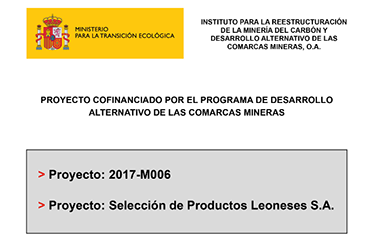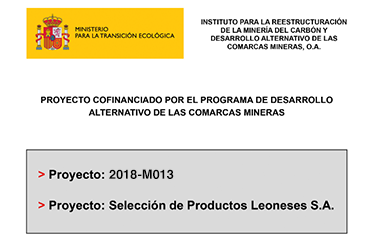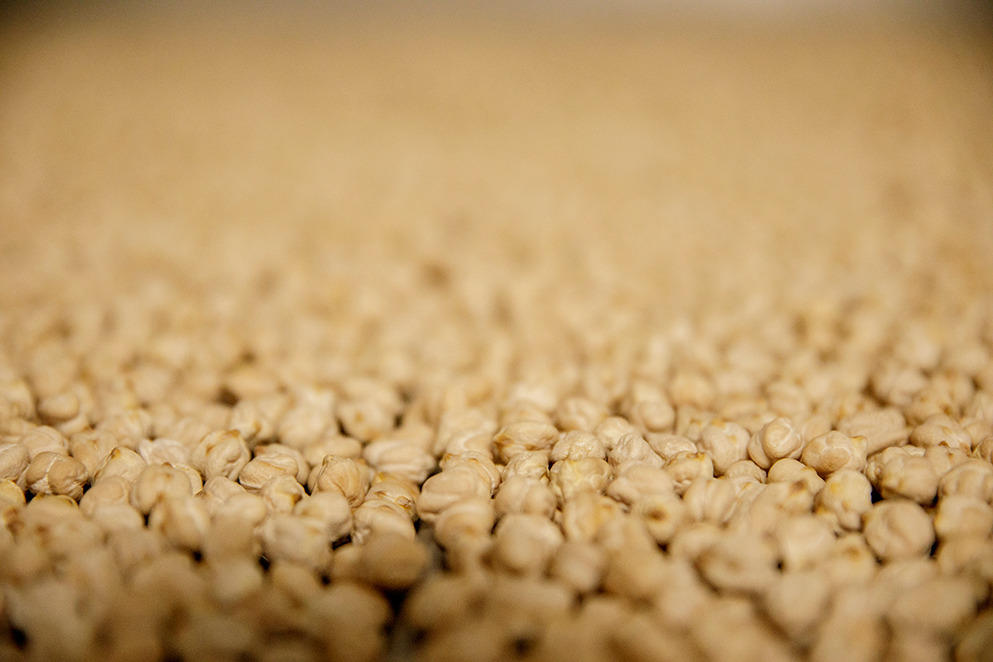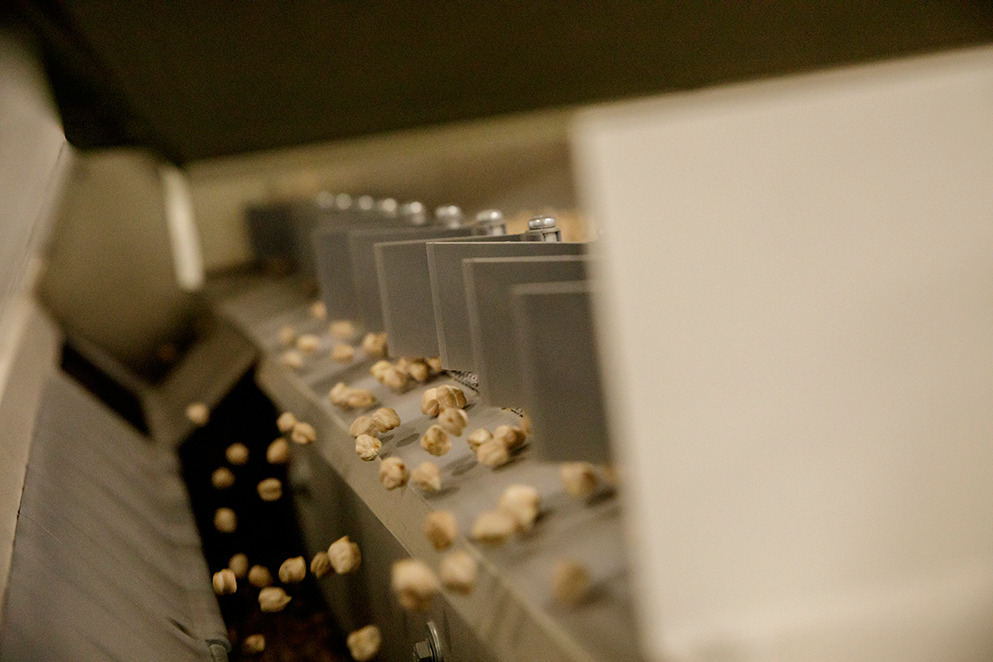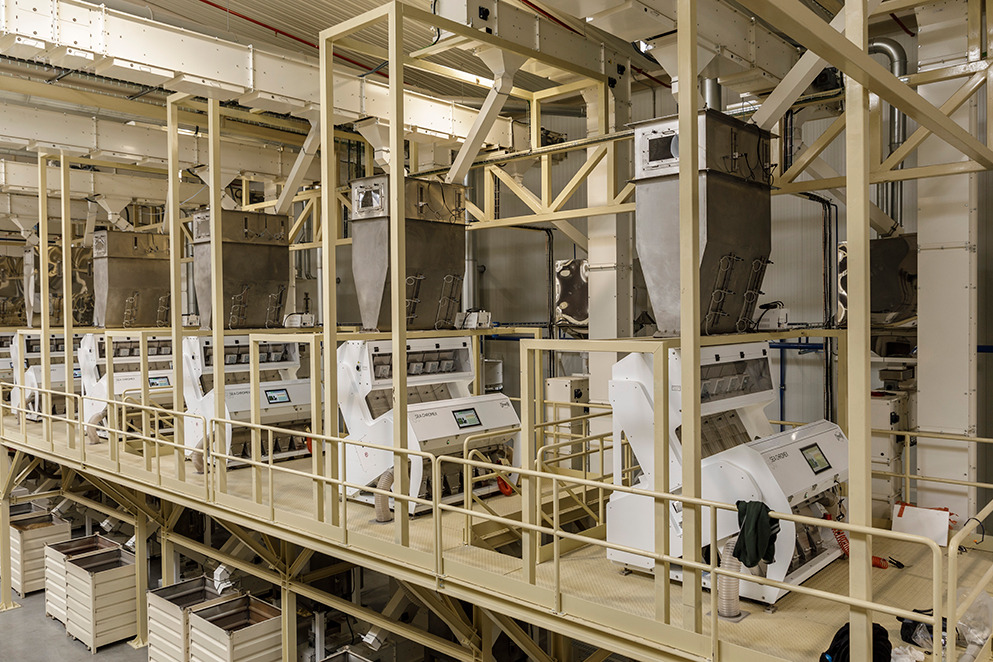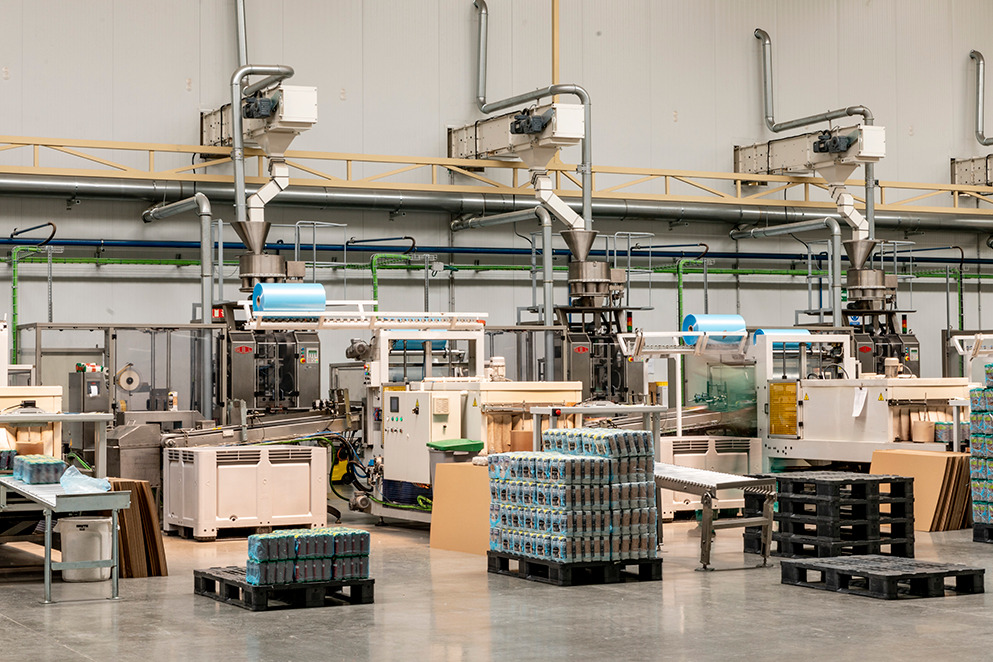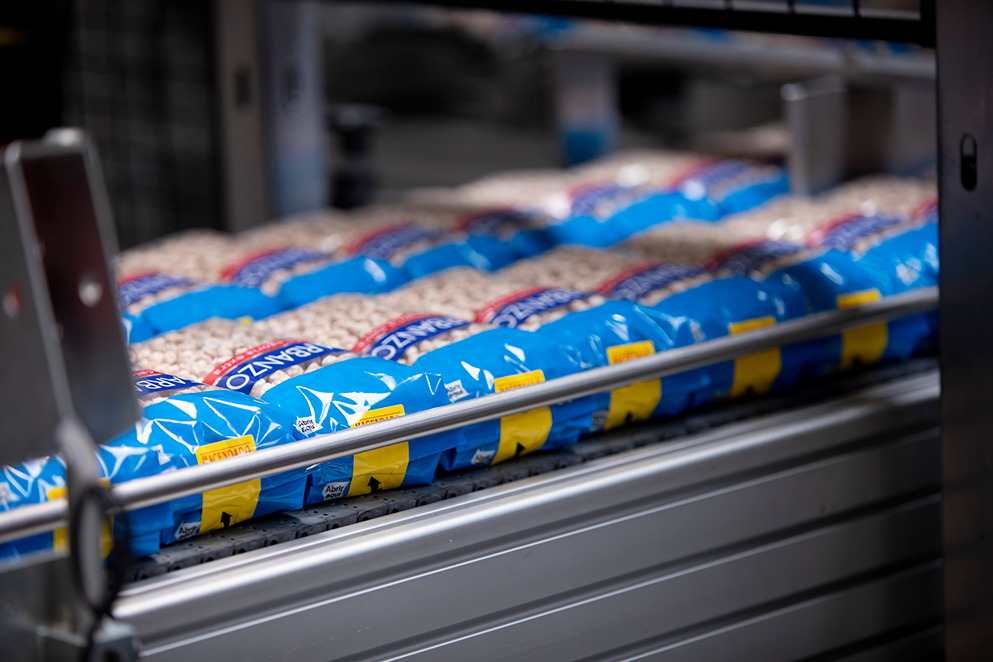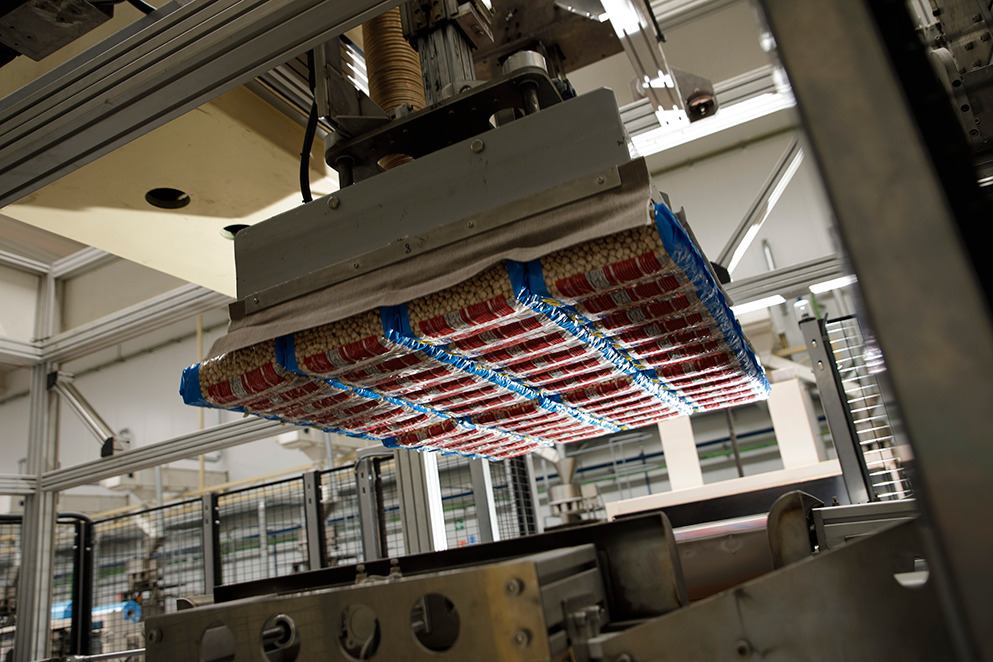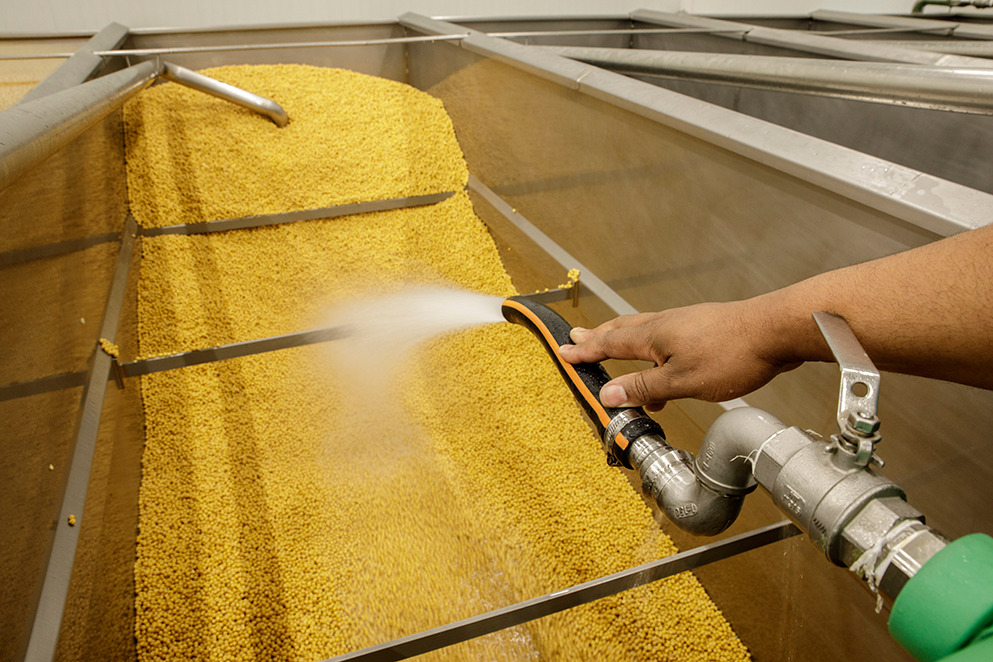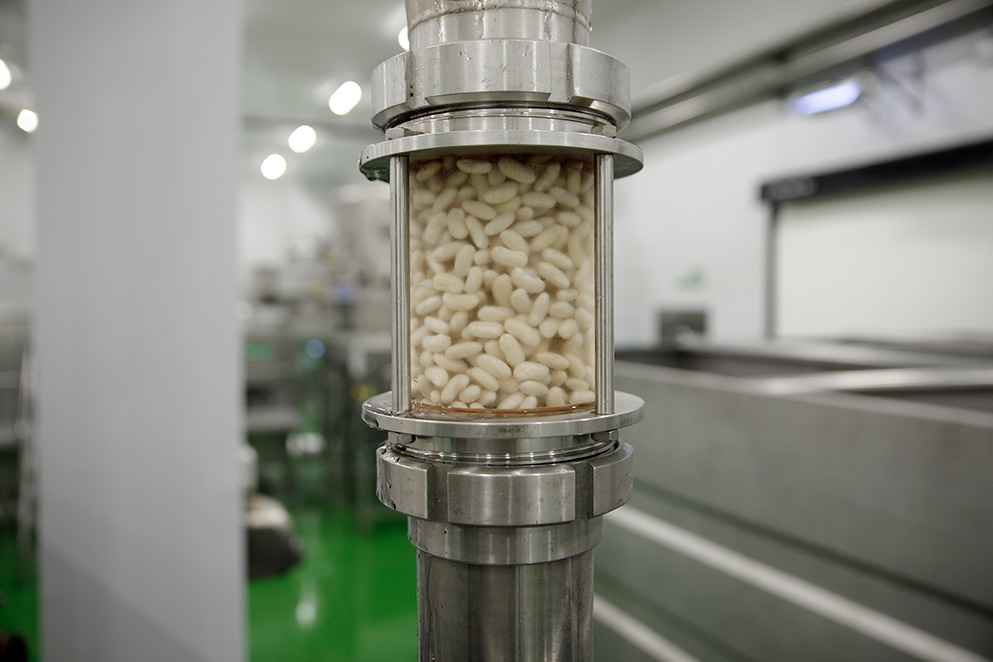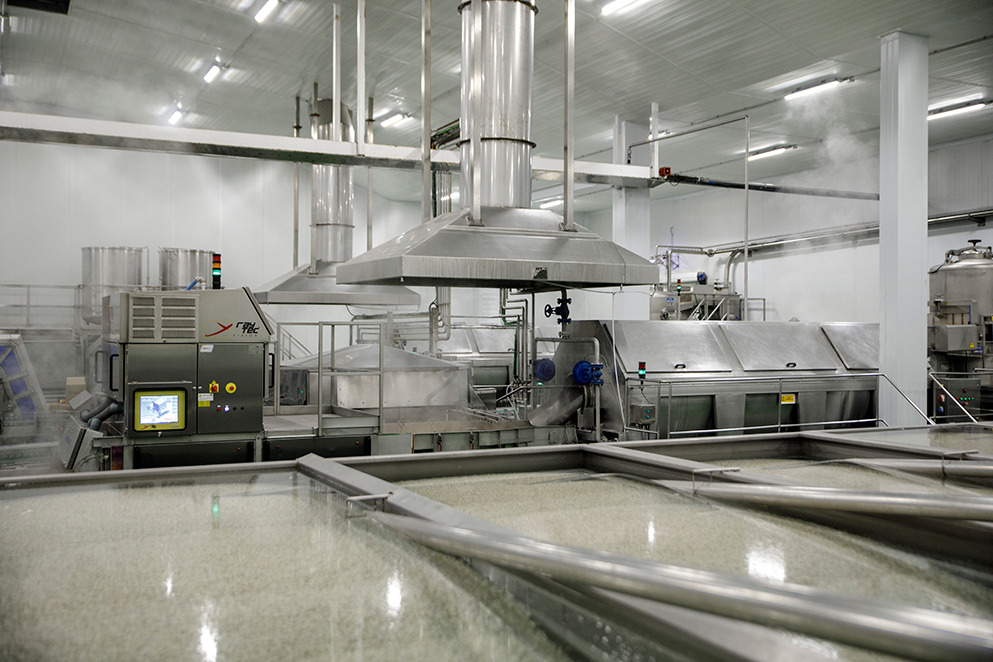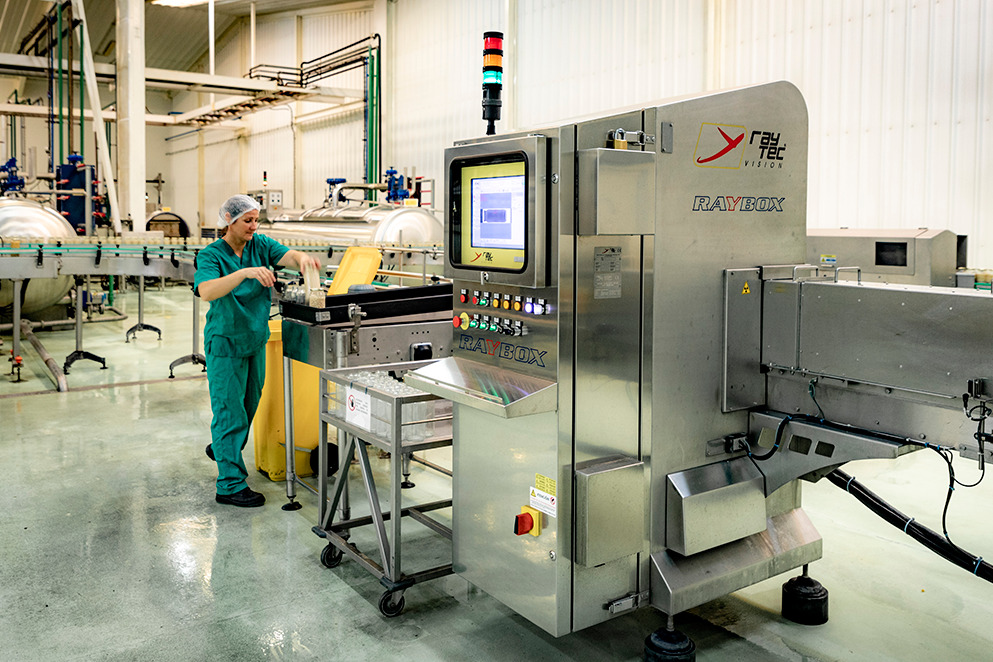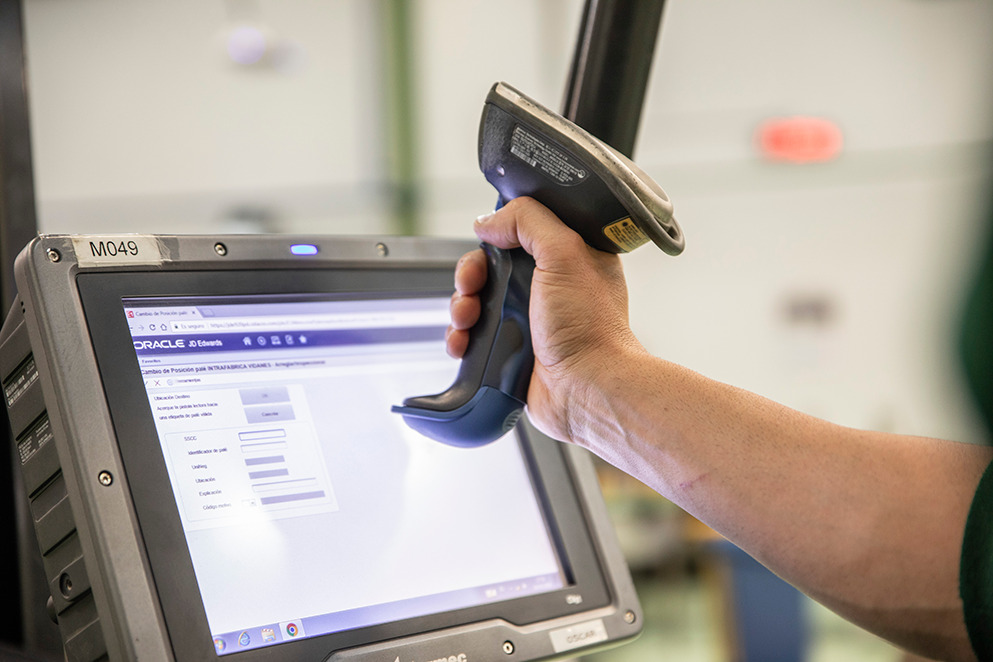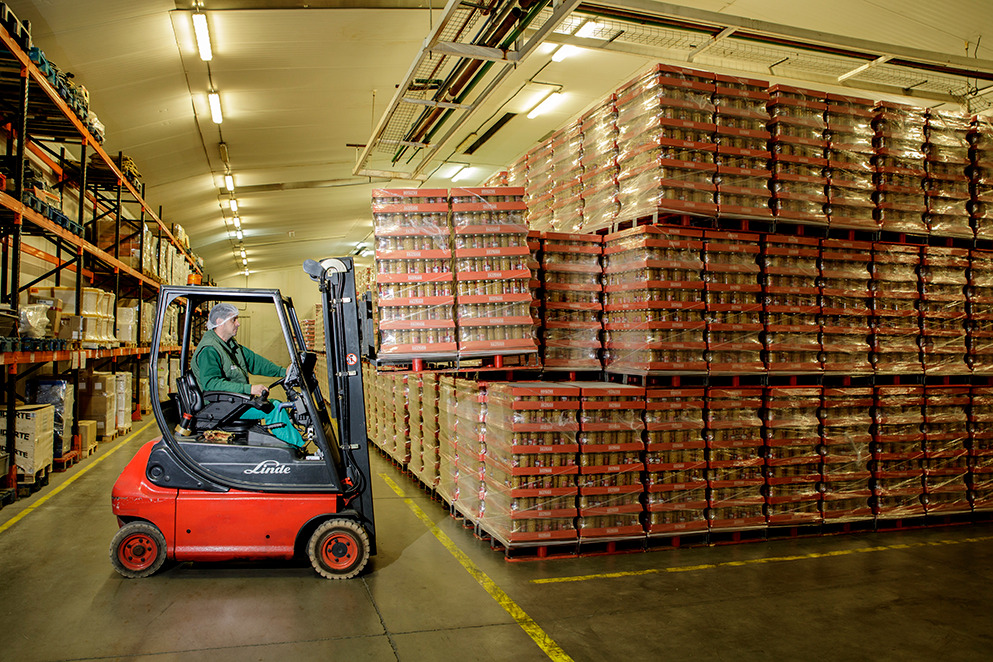Food Safety Guaranteed from Start to Finish
Our top priority at Legumbres La Asturiana is taking care of our raw materials. Preparing them well, whether dried or cooked, is key to ensuring excellent final products for our customers. .
Taking care of our legumes is our highest priority
Six bins conserve every last bit of our products’ natural goodness as we select, clean and prepare our legumes for packaging.
INITIAL PROCESSING
We sift and evaluate all our pulses and beans. Each one must meet size and other standards to ensure a uniform batch. Next, the pulses move to the densimetric tables, where broken and damaged seeds are removed to enhance final product quality.
Our quality control team bases their processing decisions on the results of the analyses performed when the product was received. All products are analysed again after initial processing to make certain that they meet all quality requirements.
PACKAGING DRY PULSES
Each and every step ensuring our products comply with strict protocols for maximum quality is very important, and that includes packaging. Dried legumes are only packaged for the end consumer after all materials have been inspected.
After inspection, beans and pulses move through the packaging and filling machines. Each individual package is heat-sealed, and an easy-open seal is added so consumers can open and pour the product, then reseal the package after each use.
Next, our products pass through scales and metal detectors before arriving at the shrink-wrap machine, where bags are grouped for distribution. Finally, the bags are ready to be moved to finished product shelves and sold.
Our quality control team checks their weight and analyses the bags one last time before they go.
PACKAGING COOKED PULSES
Our pulses don’t lose an ounce of their nutrition or deliciousness when they’re cooked, which makes them very versatile. To preserve their natural flavour and goodness, we cook our pulses and beans in nothing other than salted water. The area dedicated to cooked pulses is partitioned into four sections to guarantee hygiene and product quality.
Soaking the Pulses and Washing the Jars
The first processing area contains an automatic glass jar depalletiser. All glass jars to be filled with cooked pulses are placed in the depalletiser. Once in position, the jars are run through a washing machine to ensure they are absolutely clean. Soaking tanks play the main role in the second area. Before soaking our pulses, we soften the water and put it through a reverse osmosis system, which turns it into the ideal water type for cooked pulse manufacture and preservation in the jar.
Blanching and Safety Measures
Next, a pump extracts our products from the soaking tanks and sends them to the blanching equipment. The blanched pulses move along a conveyor belt, where they undergo a final selection and inspection before filling.
Filling, Sealing and X-ray Inspection
Our hermetic volumetric fillers dispense our product and the aquafaba brine (containing water, salt and antioxidants) into jars. The jars and they product they will contain are always held in independent circuits in compliance with hygiene protocols.
Once sealed, x-ray machines inspect the jars. Legumbres La Asturiana is a pioneer in its field: we are the first company of its kind to use x-ray technology to detect and withdraw any and every unit that doesn’t meet our maximum quality and hygiene standards.
Autoclaving and Sterilisation
The third area is where temperature, pressure and time are put to work to ensure aseptic conditions for our products as they cook. Once extracted from the autoclaving machines, the jars move through a cleaning and buffing circuit before proceeding to labelling.
Labelling and Vacuum Sealing
The last production area consists of two lines where the jars are labelled. Batch numbers and expiry dates are marked on the units, and all jars are vacuum-sealed so they are perfectly air-tight. The jars are now fully ready to ship and sell.
Quality Control
Our quality control team is constantly performing microbiological testing on each autoclave and batch for sterility. They also test our products and their aquafaba brines for weight, pH, texture, aroma and flavour to ensure they all look, feel, smell and taste exactly as they should as per food safety and quality regulations.
